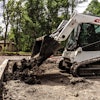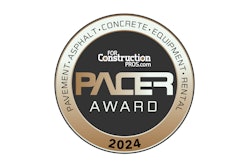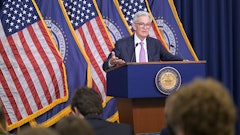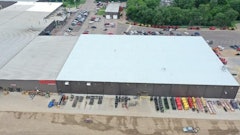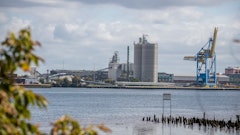
As the United States approaches the 2024 presidential election on Nov. 5, citizens with ties to the construction industry have a considerable decision to make. This year’s presidential race pits current Vice President Kamala Harris (Democrat) against former President Donald J. Trump (Republican). Currently, presidential polling across the country showed the two to be in a nearly neck-and-neck race, teetering on decisions from key battleground states.
With much to consider with regard to the laws, regulations and industry-specific concerns in construction, such as contracting laws, infrastructure investments, labor requirements, climate reporting requirements, workforce development and more, key construction industry players on the contractor end are speaking up.
In July 2024, Associated Builders and Contractors (ABC) announced it endorsement of Trump, citing concerns about the rise in materials prices and exclusionary project labor agreements under the current administration. ABC’s most recent data shows a decline in both its Construction Backlog Indicator and Construction Confidence Index; however, it also indicates expected growth over the next six months. ABC Chief Economist Anirban Basu, said, “While ABC contractor members are still anticipating expanding sales and employment, profits margins are increasingly under pressure as project owners face high borrowing and construction delivery costs in the context of a slowing economy. Many projects have been postponed, resulting in recent backlog declines, most notably in the South.”
With interest rates at their highest in 23 years, last month, the Federal Reserve offered a 0.5% reduction in percentage points. Within the construction industry, Dodge Construction Network data indicates construction project starts will move forward at a modest pace. According to Richard Branch, chief economist at Dodge Construction Network, “Now that the Federal Reserve has begun to lower rates, the construction sector should begin to feel relief.” Branch suggests owners and developers show growing confidence that both market and financial conditions will improve, but also notes that the successive rate will be the impetus for moving projects forward to start. “Starts should show stronger and more consistent growth in the first quarter of 2025,” said Branch.
Broadly on both sides of the political line, taxes and tariffs remain a topic of debate, with Harris proposing small business tax deductions, and Trump proposing corporate tax rate cuts for companies producing products within in U.S. According to Rob Haworth, senior investment strategy director at U.S. Bank Wealth Management, “Either candidate as president is likely to pursue fiscal stimulus policies to boost the economy, although likely with different combinations of tax incentives and higher spending.”
Of critical importance on the manufacturer end are environmental initiatives and regulations, the impact of which will be seen more at the sector level. As equipment manufacturers pursue pathways toward electrification, automation and decarbonization, policies affect the outcome for both their operations and their product offerings. “For example,” says Haworth, “if Republicans win, there is likely to be more of a push for development of fossil fuels, while a Democratic win might further promote renewable energy development.”
In the lead-up to any presidential election, uncertainty begins to echo. Regardless of the outcome, one thing is certain: the construction industry will continue to move forward.




